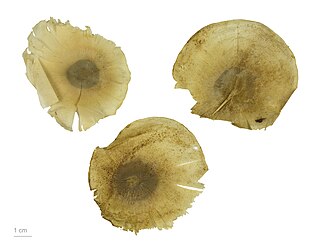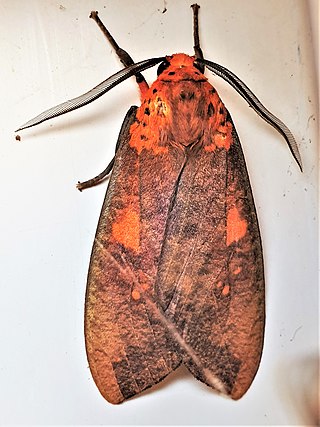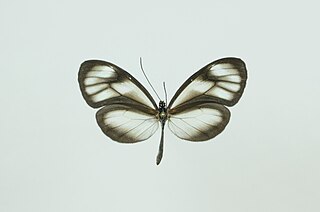
Amazonas is a state of Brazil, located in the North Region in the north-western corner of the country. It is the largest Brazilian state by area and the ninth-largest country subdivision in the world. It is the largest country subdivision in South America, being greater than the areas of Chile, Paraguay, and Uruguay combined. Mostly located in the Southern Hemisphere, Amazonas is the third-largest country subdivision in the Southern Hemisphere after the Australian states of Western Australia and Queensland. Located entirely in the Western Hemisphere, it is the fourth-largest country subdivision in the Western Hemisphere after Greenland, Nunavut, and Alaska. If independent, Amazonas could become the sixteenth-largest country in the world, slightly larger than Mongolia. Neighbouring states are Roraima, Pará, Mato Grosso, Rondônia, and Acre. It also borders the nations of Peru, Colombia and Venezuela. This includes the Departments of Amazonas, Vaupés and Guainía in Colombia, as well as the Amazonas state in Venezuela, and the Loreto Region in Peru.

The classification of the Indigenous peoples of the Americas is based upon cultural regions, geography, and linguistics. Anthropologists have named various cultural regions, with fluid boundaries, that are generally agreed upon with some variation. These cultural regions are broadly based upon the locations of the Indigenous peoples of the Americas from early European and African contact beginning in the late 15th century. When Indigenous peoples have been forcibly removed by nation-states, they retain their original geographic classification. Some groups span multiple cultural regions.

Tabatinga, originally Forte de São Francisco Xavier de Tabatinga, is a municipality in the Três Fronteiras area of Western Amazonas. It is in the Brazilian state of Amazonas. Its population was 67,182 (2020) and its area is 3,225 km2.

Pouteria is a genus of flowering trees in the gutta-percha family, Sapotaceae. The genus is widespread throughout the tropical Americas, with outlier species in Cameroon and Malesia. It includes the canistel, the mamey sapote, and the lucuma. Commonly, this genus is known as pouteria trees, or in some cases, eggfruits.

Aspidosperma is a genus of flowering plant in the family Apocynaceae, first described as a genus in 1824. It is native to South America, Central America, southern Mexico, and the West Indies.

Oenocarpus is a genus of pinnate-leaved palms (Arecaceae) native to Trinidad, southern Central and tropical South America. With nine species and one natural hybrid, the genus is distributed from Costa Rica and Trinidad in the north to Brazil and Bolivia in the south.

Agrias is a genus of Neotropical charaxine nymphalid butterflies found in South and Central America.

Micropholis is group of trees in the family Sapotaceae, described as a genus in 1891.

Ammalo is a genus of moths in the subtribe Phaegopterina in the family Erebidae. The genus was erected by Francis Walker in 1855.

Ectomis is a genus of Neotropical and Nearctic butterflies in the family Hesperiidae (Eudaminae).

Phocides is a genus of butterflies in the skipper family, Hesperiidae, in which it is placed in tribe Phocidini, of which it is the namesake genus.

Agrias amydon, the Amydon agrias or white-spotted agrias, is a butterfly of the family Nymphalidae. It is found in Mexico, Central America, and South America.

Agrias claudina, the Claudina Agrias, is a butterfly of the family Nymphalidae. It is found from Venezuela and Guyana to Bolivia. The subspecies A. c. sardanapalus is found in Ecuador, Brazil and Peru. It is found in primary and secondary rainforest at altitudes between 200 and 600 meters.

Agrias narcissus is a butterfly of the family Nymphalidae. It is found in South America.

Hypoleria sarepta is a species of butterfly of the family Nymphalidae. It is found in Brazil, Colombia and Peru.

Callicore excelsior, the superb numberwing or excelsior eighty-eight, is a species of butterfly of the family Nymphalidae. It is found in Colombia, Ecuador, Peru, Brazil, and Bolivia.

Marpesia is a butterfly genus in the family Nymphalidae. The species of this genus are found in the Neotropical and Nearctic realms.

















